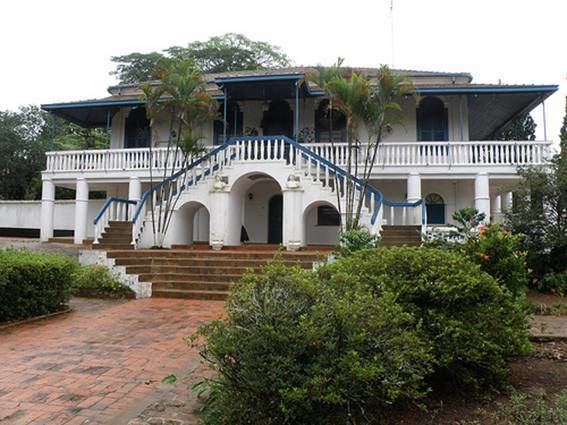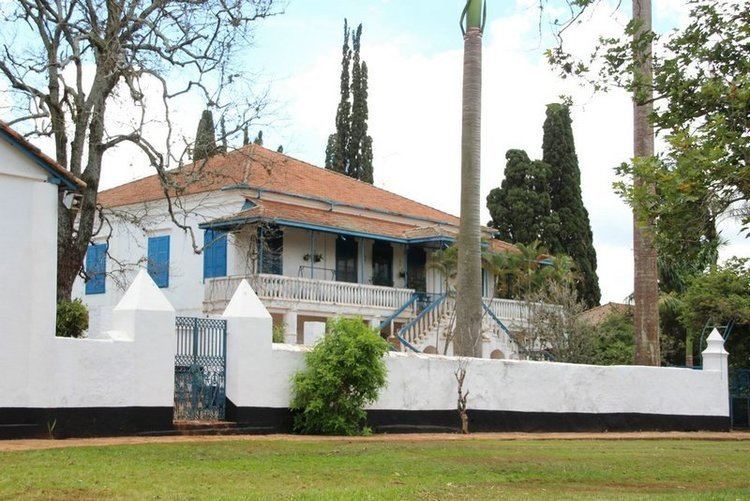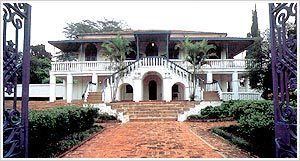Country Brazil Construction started 1817 | Town or city Limeira | |
 | ||
Architectural style Portuguese colonial architecture | ||
Cnd tv fazenda ibicaba
The Ibicaba Farm (in Portuguese: Fazenda Ibicaba) is one of the most known farms of Brazil. Established in 1817 by senator Nicolau Vergueiro, it was widely known as one of the most macabre symbols of the slavery in the state of São Paulo. Afterwards, it has become the pioneer in the replacement of the African enslaved by the European immigrants' labour and in the use of the steam engine, cart and plough. The Ibicaba has also served as a military headquarters during the War of the Triple Alliance, receiving the Emperor Dom Pedro II, the princess Isabel and the count Gaston of Eu. In the 19th century, it was the stage to the revolt of the European immigrants, led by Thomaz Davatz, who achieved to show the European authorities the conditions in which their former citizens lived in Brazil. By 1882, the Italian immigration to Brazil grew significantly, encouraging the aftermost massive immigrations of Italians to the whole state of São Paulo, including its capital. In 1890, the farm was bought by the Levy family, and then reduced thanks to the allotment and inheritance conditions. Since the 1990s, it's being used as a museum and turistical site.
Contents

Fazenda ibicaba cordeir polis sp brasil com a piba 3 4





